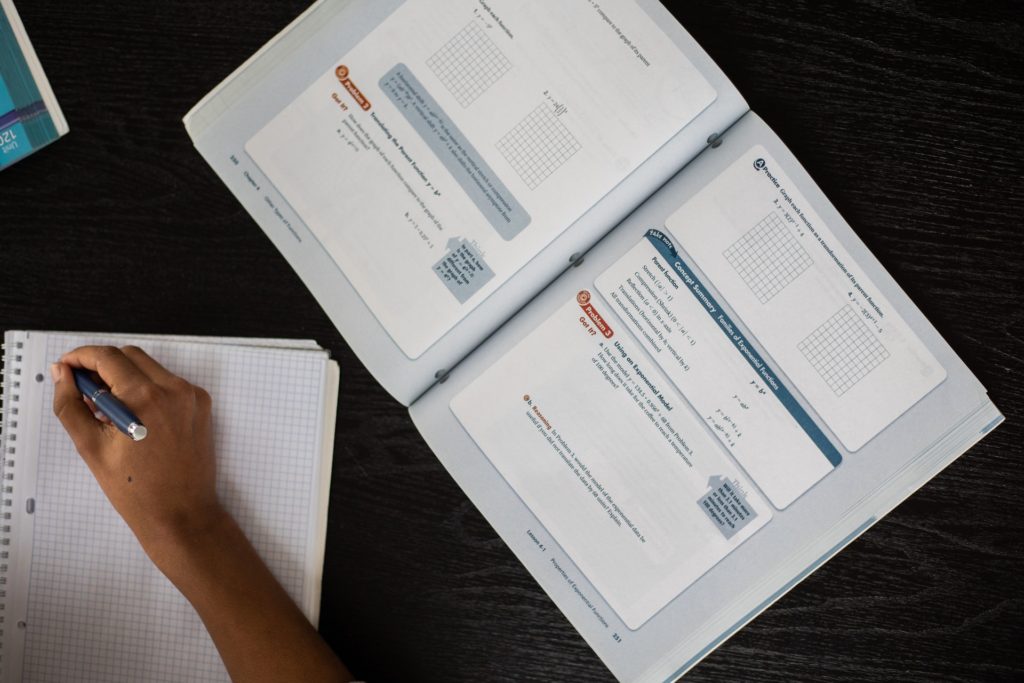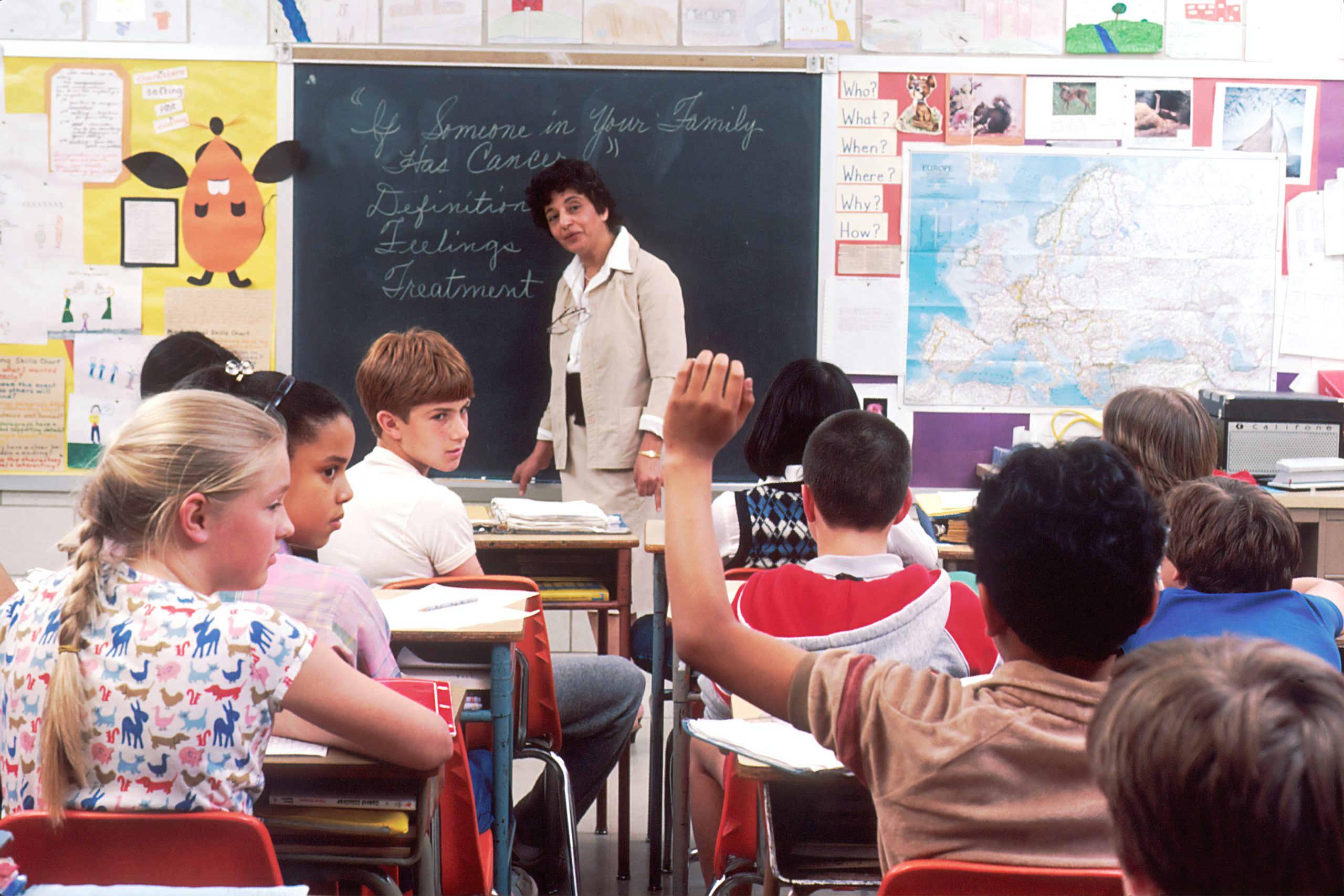Table of Contents
Textbooks have been a basic staple in classrooms since time immemorial. They collect information from various experts in a field into manageable reading for students to understand the basics of a subject area. Before the age of the internet, writing information from many experts into one book that could be mass produced was a very efficient way of keeping knowledge safe, organized, and able to be easily and coherently passed to the next generation of learners.
Students couldn’t all have access to source valuable material or hear from experts directly, and while sometimes they could, if they had the funding to purchase materials, this was always limited by what could be purchased and printed or in more recent years, shown on video tape or CD. Because of these limitations, textbooks were at one point one of the most reliable and easily accessible tools for learning available.
This is no longer the case, but are textbooks obsolete in today’s classrooms?
Today, teachers don’t have those same limitations. In the age of the internet, everyone with a phone signal or WiFi connection has access to vast troves of expert analyses, direct source materials, visualizations and interactive simulations not accessible to the vast majority of learners in the past. When studying social sciences, students can now search up specific documents on, or even from, the period they are studying independently as well as compare various critical analyses on the topic.
During science class, they also can watch any number of experiments online rather than only getting to see the few that the teacher was able to get supplies for. Visualizations can be made to help clarify complex mathematical ideas and there are tons of simulations for almost any physics concept discussed in student textbooks today. With the internet, and the vast resources it holds, the reasons for utilizing a textbook for teaching are dwindling. Today, every student and teacher with access to the internet can utilize the vast majority of human knowledge, and there is good reason to do so.
Question to Consider
What is the most important thing to consider when choosing learning materials for a class?
Why Textbooks are Obsolete
1: Textbooks are poorly organized.

A paper published in the Mathematics Education Research Journal, discusses how studies have repeatedly found that math textbooks “use a high proportion of problems of low procedural complexity, with considerable repetition, and an absence of deductive reasoning.” (Vincent, and Stacey)
Math textbooks tend to be organized by problem type, which may seem like a logical choice, giving students practice on specific tasks that need to be understood by the end of the year. However, as mentioned in the research, this prevents students from having to use reason to decide which types of math operations will be useful in solving a specific problem.
For example, if the problem appears under the section on long division, even if it is a word problem, the student knows what operations are expected and doesn’t have to think about why that operation is best to find the solution to the problem. This prevents transfer, because students are rarely asked to choose the best operation, even on tests, but instead just have to recognize different problem types and the set of steps to complete it.
It may seem counterintuitive, but overly organized textbooks limit students to only being able to complete work when given the proper prompts and problem types as seen in their textbooks. While students may be able to complete problems that are visually similar or take hints from the words used on what type of operation to use, their ability to intuitively use math in the real world will be limited.
Giving math students more abstract problems where they may need to use one or more operations to complete in addition to asking them to give a written report as to why they chose to solve the problem as they did would not only test students’ ability to memorize and follow steps, but will challenge their critical thinking, problem solving, and allow for more types of learners to express their understanding through traditional math problems as well as a written explanation.
Focusing on giving students abstract, real world problems to solve using the math knowledge required in the course better helps contextualize knowledge in how it will be used and will transfer more easily to helping students to deal with issues in their real lives.
Rather than just giving students a single textbook that is highly organized and simplistic, providing students with a wide variety of internet sources, visualizations, graphs, and charts more closely mimics how they will have to use the internet, books, and other provided materials to solve problems at work or at home. This ensures each student understands the process of using math to improve their lives, rather than just a robotic operation to be completed without understanding the practicality.
2: Textbooks lack practical applications.
Textbooks often work well as a tool for memorizing facts, but all too often, students are unable to use the information that they have learned from textbooks in any sort of practical context. This is because information learned is actually bound to the context in which it is learned. Research at the Institute for Inquiry makes this clear by giving examples of how ESL students who learned words from a vocabulary list in a textbook misuse words limited to the dictionary definition rather than having the natural use and connotations in everyday language. (Brown, Collins, & Duguid)
For example, one student made the mistake of saying that “Mrs. Morrow stimulated the soup.” While this use of the word might make sense with the definition from a textbook or dictionary, obviously, the way it is used in everyday speech is quite different. While this student might be able to complete a matching exercise or even write the definition of the word from memory, the actual practical use of the word in context still evades them. Even with example sentences included, oftentimes, the nuances and connotations of the word are unclear. Take, for example, the use of the word “ignorant”.
While one of the definitions given by the Oxford English Dictionary is “not having any knowledge or information about a particular thing”, this misses the connotative nuance the word holds in everyday language usage where it is more commonly used to insult others similarly to how the word “stupid” is used. Without the context of seeing the angry face, hearing the heated debate, and understanding the tone of voice, much of the knowledge of when to employ this word is unclear to students leading to mistakes, misunderstandings, and a limited use of learned vocabulary.
3: Textbooks expose students to only one perspective and one style.
These same principles can be applied to any subject. Often, history classes are guilty of giving students a single history textbook with one perspective and narrative that limits the understanding of the complexities in history. Many teachers focus on pulling dates and names from the textbook to test whether students have read and memorized what was written.
Questions focusing only on names and dates are irrelevant in our modern world as simple facts like “What year was the US invasion of the island of Midway?” can be searched in less than 5 seconds and no longer require searching through physical books or memorized knowledge to be able to be placed on a timeline or write research on the topic.
It is far better to pose complex and nuanced questions to students such as “To what degree was political ideology more important in Hitler’s rise to power than the economic conditions in Germany in the early 1930s?” or “To what extent were the American Objectives in the US war in Afghanistan achieved?”
These types of questions not only allow students to think critically rather than just searching a textbook for the “right answer”, but it also allows students of different ability levels to find their own ways to answer the question.
Beginner students might answer these questions using non-peer reviewed sources from basic Google, while more advanced students might be able to access and start understanding original documents, first hand accounts, and professional literature reviews. Then, the teacher can discuss the benefits and limitations of each type of sourcing with them and help guide students to be more independent in their research, something a textbook greatly limits.
Additionally, when not stuck exclusively with one book written at one time, students can more easily make connections to the modern world. Giving students case studies to explore surrounding an issue and then giving them a modern context to debate can help them become active citizens who are aware of the world around them. Students can get time to access and analyze endless data on the internet to back up their points and then there can be healthy debate and proper respectful discussion practices can be taught, something that many adults struggle with today.

4: Textbooks limit students’ independence in the future.
While it may be tempting to use textbooks due to their easy transfer to lesson plans, the practicality for the students is minimal. Professionals and academics rarely refer to textbooks after their own schooling as they are really just tertiary sources of information which aren’t reliable and quickly become outdated. In the future, students will have to actively seek knowledge and verify the quality of sources on their own. If the teacher is always the provider of all learning content, how will students develop the skills necessary to do this on their own after graduation?
Science advances, new history is made every day, and languages are constantly evolving. Textbooks are obsolete because they are frozen in time, and work as easy crutches for teachers to make simple lesson plans and for students to mindlessly copy answers from an unreliable source that they won’t use after graduation. It is time to challenge students to find their own sources and time for teachers to continue their learning by constantly updating their course materials to match the ever changing world and the demands it holds for students.
More Questions to Consider
How can you/your school incorporate more perspectives in each lesson to ensure students don’t get only a narrow view?
How can teachers include more multimedia content in lessons? How much time should be devoted to lectures vs. multimedia content vs. projects?
What are the tools you/your department/your school needs to achieve this?
Sharing Resources
Every teacher has their favorite source for inspiration in lesson planning outside of textbooks. There are countless websites on the internet regularly posting content that could be used to inspire discussions, activities, and projects for lessons.
Take turns sharing with your table group a few of the resources you use when making a lesson plan. Go through a few examples and discuss together how they could be used to target one of the Teacher Takeaways above.
Want more like this? Make Lab to Class a part of your weekly professional development schedule by subscribing to updates below.
References
Brown, J., Collins, A. and Duguid, P., 1989. Situated Cognition and the Culture of Learning. Educational Researcher, 18(1), pp.32-42.
Vincent, J. and Stacey, K., 2008. Do mathematics textbooks cultivate shallow teaching? Applying the TIMSS Video Study criteria to Australian eighth-grade mathematics textbooks. Mathematics Education Research Journal, 20(1), pp.82-107.




